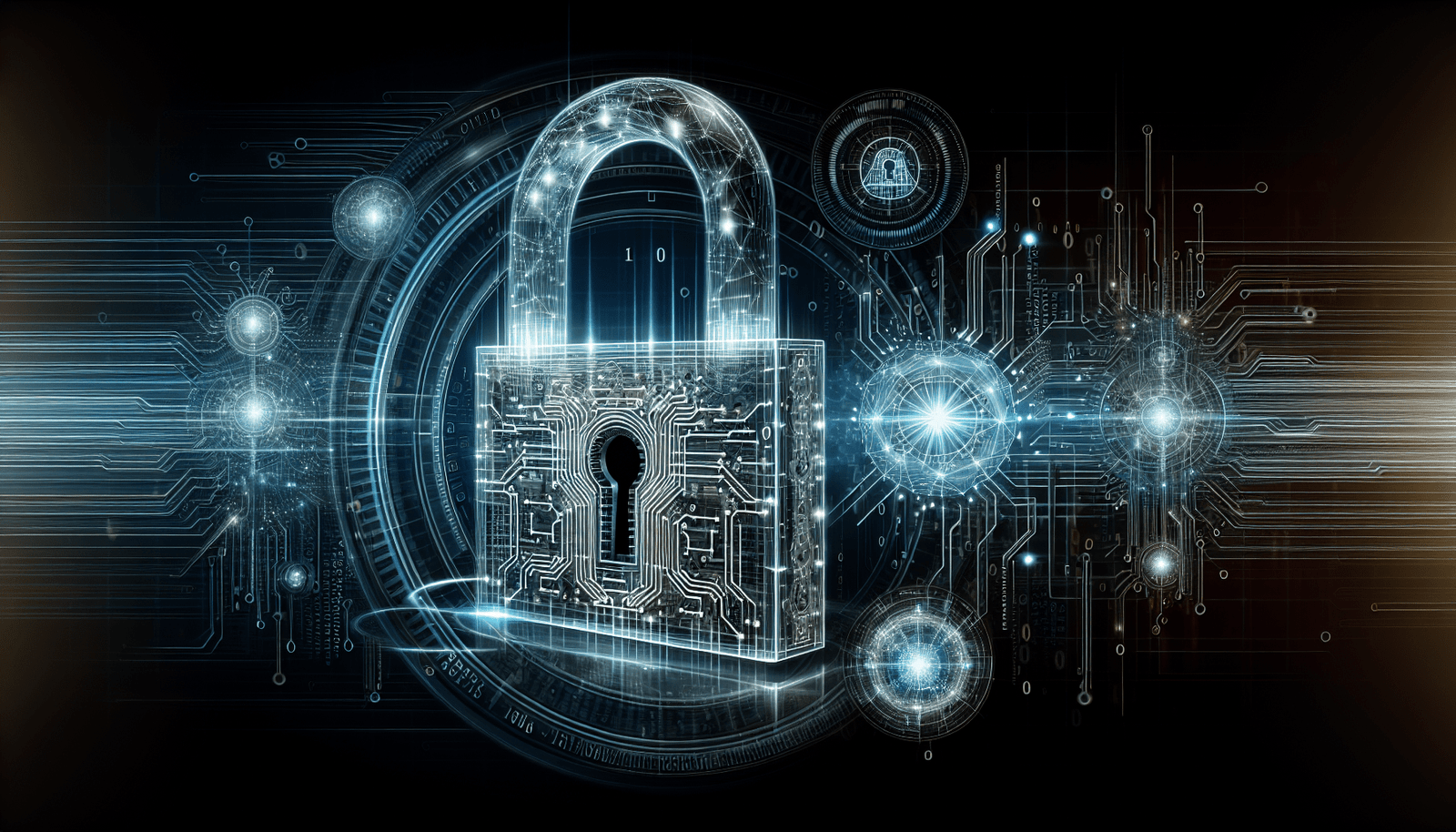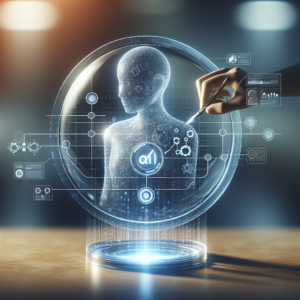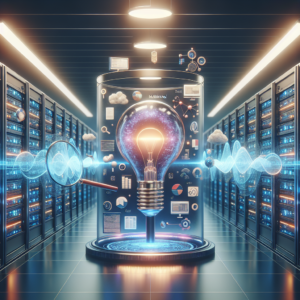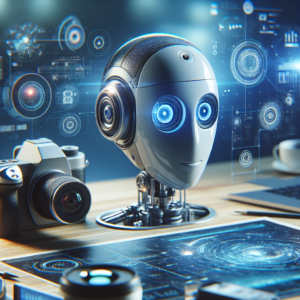Have you ever wondered how safe your personal information truly is online? As technology continues to advance, the world of cybersecurity is evolving just as rapidly. The way I see it, staying informed about the trends and innovations in cybersecurity is crucial. In this article, I’m going to share my understanding of the future of cybersecurity, highlighting the various trends that are shaping its landscape and the innovations that are emerging to counteract threats.
The Growing Importance of Cybersecurity
With our reliance on digital technologies increasing, so does the significance of cybersecurity. I can’t stress enough how each of us has become a target in a world where data breaches are almost a daily occurrence. Businesses, governments, and individuals must prioritize the protection of their sensitive information. It’s safer to think that every device connected to the Internet is vulnerable, which is why focusing on cybersecurity is more important than ever.
The Shift to Cloud Security
One of the noticeable trends in cybersecurity is the shift towards cloud security. Many organizations are trading traditional on-premises systems for cloud-based solutions. While this transition offers benefits like flexibility and scalability, it does introduce new security challenges. I find it fascinating how cloud providers are enhancing their security features to counteract these challenges. They are developing innovative ways to safeguard data by implementing encryption, advanced access controls, and consistent monitoring practices.
Zero Trust Architecture
Zero Trust has become a buzzword in the cybersecurity realm. The principle of Zero Trust is simple—never trust, always verify. In practice, this means that I can understand that every request for access, whether it originates from inside or outside a network, should be treated as a potential threat. With this approach, organizations are required to implement strict identity verification, minimizing the risk of unauthorized access. I believe this mindset is transforming the way networks are secured, fostering a more vigilant security culture.
The Role of Artificial Intelligence in Cybersecurity
Artificial intelligence (AI) is one of the most exciting innovations affecting cybersecurity today. The algorithms I’ve come across can analyze large volumes of data at unprecedented speeds to detect anomalies and identify potential threats. Interestingly enough, AI is not only used for defense; cybercriminals are also utilizing AI to craft more sophisticated attacks.
Machine Learning for Threat Detection
Machine learning, a subset of AI, is playing a vital role in enhancing threat detection capabilities. These systems learn from historical data and continuously evolve to improve their accuracy in recognizing threats. I can see how companies implement machine learning tools to bolster their security posture, allowing for the automation of responses to incidents.
Predictive Analytics
Another intriguing aspect of AI in cybersecurity is predictive analytics. By processing vast amounts of data, predictive analytics can forecast potential security incidents before they happen. I find this development noticeable, as it enables organizations to adopt a proactive approach rather than just reacting to threats. They can invest in preventive measures, saving invaluable resources and time in the long run.
The Rise of the Internet of Things (IoT)
As I observe everyday life, it’s clear that the Internet of Things (IoT) is becoming deeply integrated into our lives. From smart home devices to connected healthcare equipment, IoT devices are everywhere. Unfortunately, this proliferation comes with unique security challenges.
Securing IoT Networks
IoT devices often lack the robust security features found in traditional computing systems. That’s why, as I look for trends in this area, I notice organizations focusing on improving IoT security frameworks. Measures like device authentication, network segmentation, and regular software updates are becoming standard practices. I appreciate how the industry is working collectively to create more secure devices, making it easier for consumers like me to enjoy the benefits of IoT without being overly concerned about security risks.
The Importance of User Awareness
I always think about how vital user awareness is when it comes to IoT security. Beyond the technological solutions in place, it’s crucial for users to understand the risks associated with their devices. Educational campaigns and resources are critical for empowering users to take charge of their security. This awareness can make a significant difference in reducing the risks associated with using IoT devices.
Cybersecurity Regulations and Compliance
As cybersecurity threats become more complex, the regulatory landscape is also evolving. Governments worldwide are beginning to mandate stricter compliance for organizations to protect data more effectively. I find that this is a positive step toward holding companies accountable for their security practices.
General Data Protection Regulation (GDPR)
One of the most notable regulations is the General Data Protection Regulation (GDPR). I can see how this law has changed the way organizations handle personal data. The strict protocols in place require companies to enhance their data protection measures, mandating them to consider privacy from the outset. This regulation empowers individuals by giving them more control over their personal information and how it is used.
California Consumer Privacy Act (CCPA)
Another significant regulation is the California Consumer Privacy Act (CCPA). Like GDPR, CCPA mandates transparency in how consumer data is collected and used. I appreciate that such regulations are beginning to reshape the organizational landscape, compelling companies to comply with high standards in their cybersecurity practices.
Emerging Technologies
As we turn our heads toward the future, it’s clear that emerging technologies will significantly impact cybersecurity. I believe it’s essential to keep an eye on innovations that will shape how we protect our data.
Blockchain Technology
Blockchain technology is gaining momentum in cybersecurity due to its ability to provide a secure and transparent method for transactions and data sharing. Unlike traditional databases, blockchain is decentralized, which can lessen the risks associated with central points of failure. I find it particularly interesting how organizations are starting to explore blockchain for secure data storage and identity verification.
Quantum Computing
Quantum computing has the potential to revolutionize cybersecurity by solving complex problems far more efficiently than classical computers. While this technology is still in its early stages, I can’t help but consider the profound implications it may have for encryption methods. I’m aware that as quantum computing advances, cybersecurity measures will need to evolve to protect against its capabilities.
The Human Element in Cybersecurity
Amid technological advances and regulations, I believe one factor remains constant—the human element in cybersecurity. How organizations manage and train their personnel can have a significant impact on their overall security posture.
Employee Training and Awareness
There’s no denying that human error is a major cause of security breaches. I’ve come to understand that effective employee training programs are essential for minimizing risks. Organizations need to cultivate a culture of cybersecurity awareness, providing employees with the tools and knowledge they require to identify threats effectively.
Fostering a Security Culture
I often think about how crucial it is for organizations to foster a security-first culture. When employees feel responsible for protecting their organization’s assets, they are more likely to adhere to best practices. Leadership, as a driving force, must prioritize cybersecurity in their organizational values.
Future Challenges in Cybersecurity
As we tread along this evolving landscape, I also recognize that challenges will persist. I often consider how organizations must prepare for a variety of hurdles in the near future.
Insider Threats
Even with the most stringent security measures in place, insider threats can pose significant risks. Employees with access to sensitive information may intentionally or unintentionally compromise security. Organizations need to adopt A comprehensive approach that includes monitoring and access control while providing a work environment that emphasizes ethical behavior.
Evolving Cybercriminal Tactics
As cybersecurity measures improve, cybercriminals also adapt and evolve their tactics. I find it essential for organizations to remain vigilant and invest in continuous intelligence gathering. Staying ahead of these threats will require an agile approach to security.
Conclusion
Reflecting on the future of cybersecurity, I feel a sense of optimism mixed with caution. The advancements and innovations are remarkable, yet they are accompanied by challenges that must be addressed. By adopting a proactive stance toward these trends and fostering a strong cybersecurity culture, I genuinely believe that individuals and organizations can navigate this ever-changing landscape more securely. As we venture into a future defined by digital connections, it’s up to all of us to prioritize cybersecurity and protect our information.






